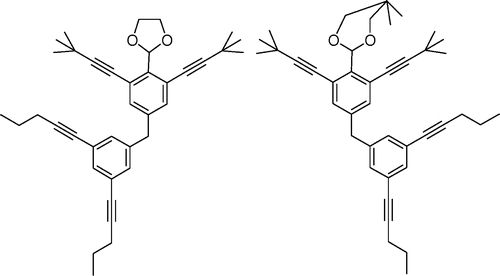Another use for graphene. Like I said in the last post, graphene is a wonderous material. Today’s magical graphene finding is that it can be used in microscopy to investigate molecules on the atomic level. From Scientific American:

A liquid graphene bubble lets researchers view molecules inside at the atomic level. Image from Scientific American. Image courtesy of Alivisatos, Lee and Zettl research groups, Lawrence Berkeley National Laboratory and KAIST
In the April 6 issue of Science, a team from Lawrence Berkeley National Laboratory, the University of California, Berkeley, and the Korea Advanced Institute of Science and Technology in Daejeon, South Korea, reports that liquids fare just fine inside the vacuum of an electron microscope when encapsulated in graphene. The researchers sandwiched nanoscale pockets of liquid between two sheets of graphene and then used a transmission electron microscope to peer inside.
They found that the graphene capsules shielded the fluid from vacuum while also allowing for atomic-resolution imaging, which had been a challenge for other liquid capsules fashioned from materials such as silicon nitride. “The problem with that is the silicon nitride is already 25 nanometers thick. It’s a lot thicker than graphene,” says Jungwon Park, a U.C. Berkeley graduate student and a co-author of the new study. “It scatters a lot of the electron beam out, and it reduces the resolution and contrast a lot.”
The walls of the graphene liquid capsule, on the other hand, are so slim—less than a nanometer thick—that the researchers could resolve individual platinum atoms inside.
More here [Scientific American] and here [Science, abstract available].

